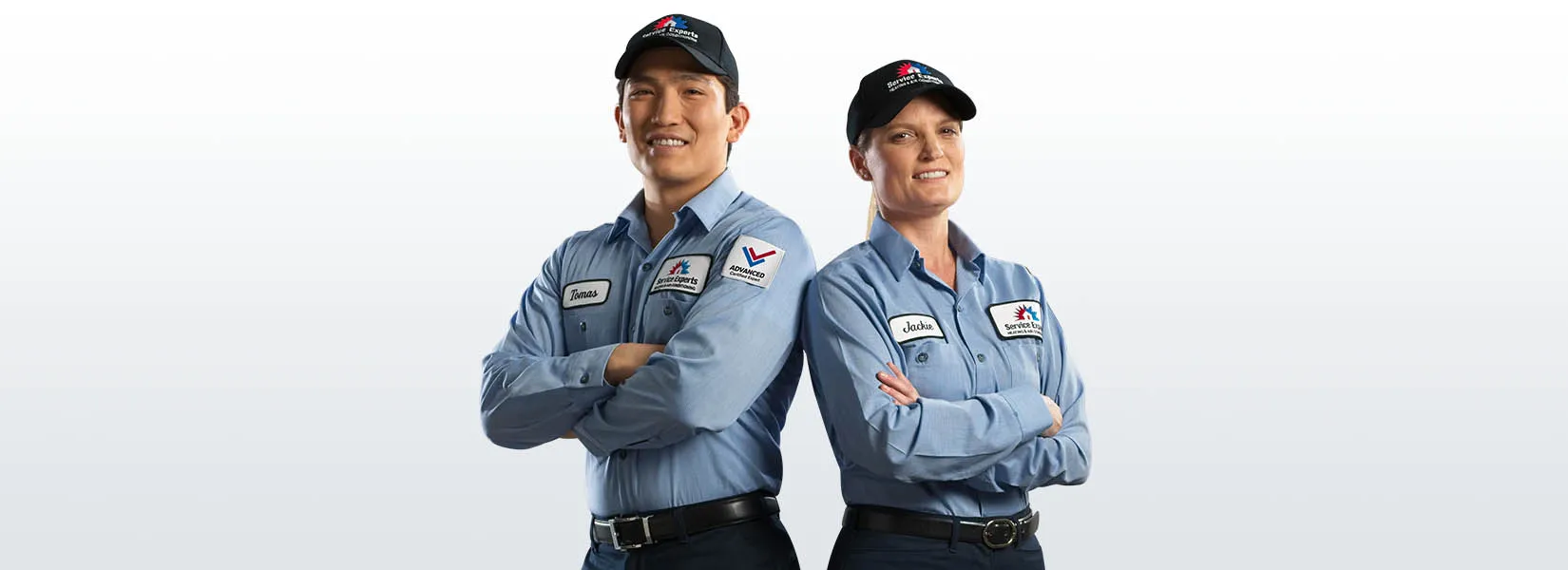What’s an Air Conditioning Dry Charge?
Over the past 10 years, both the U.S. and Canadian governments have mandated that all producers of air conditioning equipment stop production of the refrigerant R-22 (Freon) or Hydrochlorofluorocarbons (HCFCs). These refrigerants have been typically used in air conditioners and heat pumps for the last several decades. The R-22 and HCFC mandates are expected to have the HVAC industry move to a more environmentally friendly refrigerant with a technical code R410A. R410A has been verified to be safer for the environment.
In late 2010 the majority of air conditioning firms began manufacturing Air Conditioning and Heat Pump units, without adding refrigerant at the factory. These systems are more commonly called “dry charged units”. These A/C units can legally be sold and installed then your local HVAC contractor (such as McKinley Heating Service Experts) can charge the unit with R22. R22 is still legal for AC repair or service for a few more years. The intent for these Dry Charged Units is to provide the greater Edmonton area a more simple and relatively inexpensive replacement option for central air conditioners and heat pumps. However, these units also dodge the spirit of the mandates, which was to help the environment by introducing more environment friendly solutions.
Edmonton homeowners should understand that these Dry Charged Units are permitted in the U.S. and Canada. Taking advantage of an unclear definition of the outdoor unit in these policies, the entire outdoor unit is technically considered a replacement “part”. These days, condensers or heat pumps intended for use in a replacement R-22 system are often referred to as “Dry Charge” or “Nitrogen Charged” systems. Below are some Frequently Asked Questions about this recent A/C Dry Charge trend.
Should I buy a “Dry Charge” A/C system?
The answer to this question hinges on a number of things. The number one thing to do is learn what types of HVAC equipment the heating and air conditioning industry has to offer and seek solutions that speaks to your personal comfort, efficiency and lifestyle needs. Take time to understand the benefits and difference between a dry charge unit and new air conditioning products with R-410A refrigerant.
Why would I buy a R-410A refrigerant system?
Current R-410A systems have many benefits to Edmonton homeowners that Dry Charge units do not. A sample of the benefits include:
- Greater energy efficiency for comfort at a cost savings
- Modern technology to lower humidity
- Current production refrigerant solutions ensuring longer life and extended availability of refrigerant
- Expanded warranty periods for significant peace of mind
- Quieter operation for a more peaceful indoor environment
- Eco friendly refrigerant for lower impact on the environment
- Matched coil solutions for improved reliability and guaranteed cooling and heating performance
Are Dry Charge units legal?
Definitely. There are no Federal laws or legal restriction on the installation of R-22 or Dry Charge Equipment, however, it can only be used as a repair to an existing system.
Does a warranty come with a Dry Charge Unit?
Major manufacturers have established a standard 5-year parts warranty on dry charge units. While this affords industry standard protection on the components it does not provide protection against R-22 refrigerant prices, which are expected to increase substantially.
How expensive will R-22 get in the next few years?
It is likely that as a result of supply and demand, R-22 refrigerant will become more expensive. As the phase out process of R22 continues, new R-22 refrigerant production will slowly be reduced, with full elimination of its production in 2020. Until then, indications are that there will likely be sufficient supply to meet the current demand.
If you have more questions about refrigerant, we encourage you to contact McKinley Heating Service Experts for clarification.

